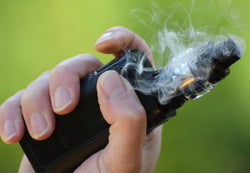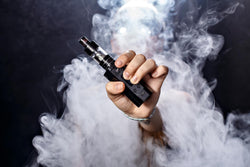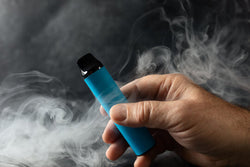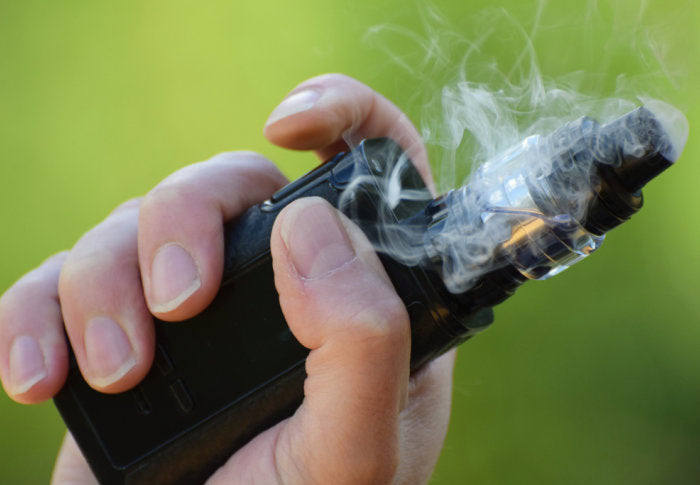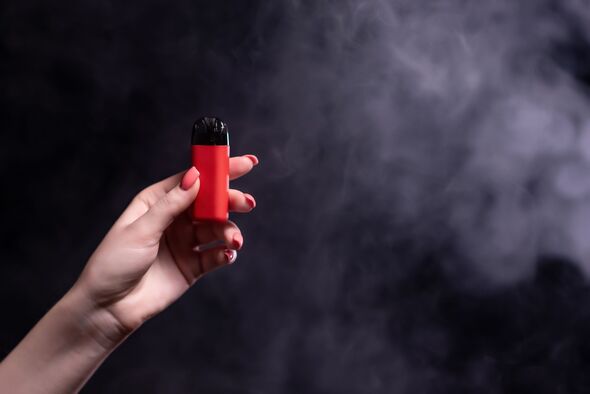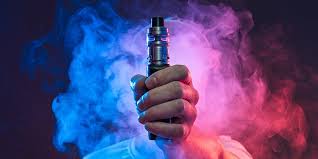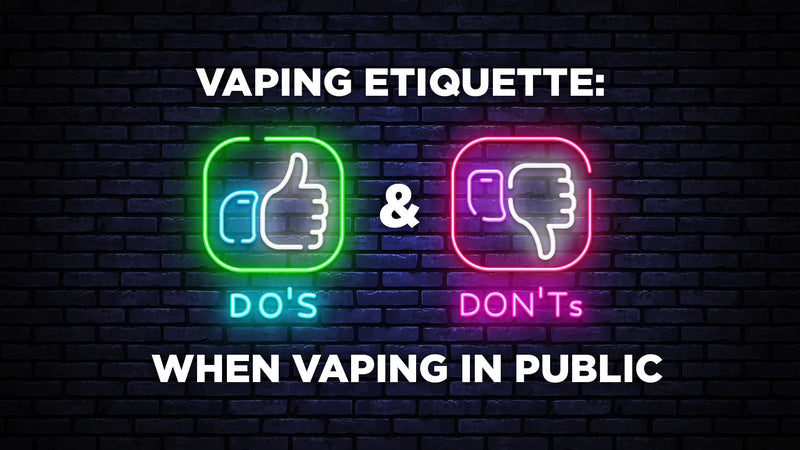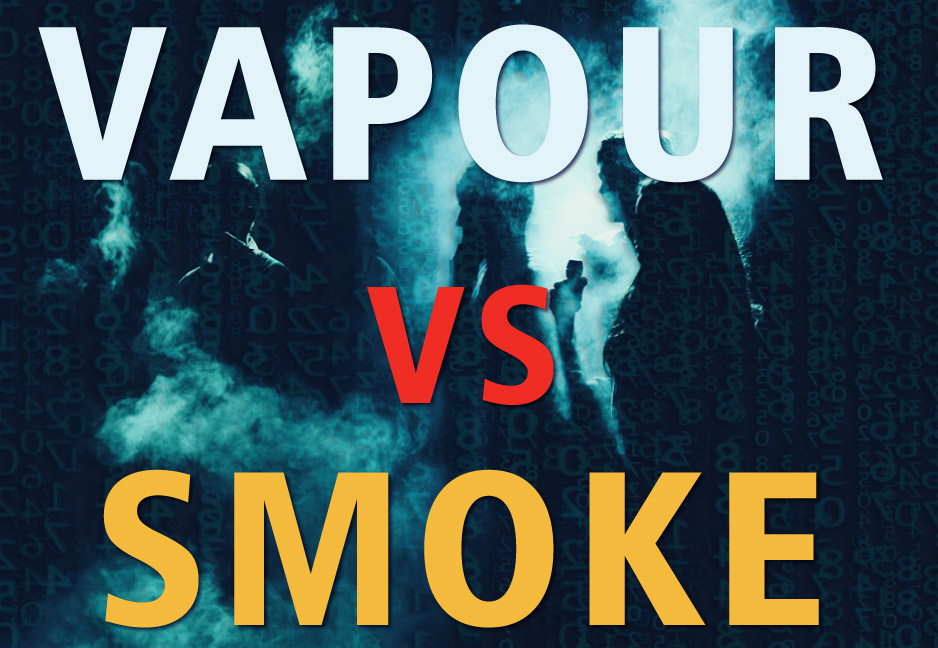

Have you ever heard the phrase "vape smoke"? If so, you may or may not be aware that "vape smoke" is a bit of an oxymoron because it doesn't actually exist. In actuality, the only similarities between smoke and vapor are their visual appearance and—in most cases—the presence of nicotine. When you smoke a cigarette, combustion, or the burning of the cigarette and the substances it contains, results in the production of smoke. Anything's chemical makeup is significantly altered when it is burned. Smoke is formed of visible carbon particles, the material you are burning, and other combustion byproducts; in other words, burning something produces a number of compounds, many of which are very dangerous to breathe in.
When you vaporize a substance, like e-liquid, you do change its condition, which is why vaping is unique. However, the vapor will have the same molecules as the substance that has already vaporized. Technically speaking, the "vapor" that is created when you vape is actually aerosol rather than vapor. This aerosol is made up of tiny vape juice particles hanging in the air for a brief period of time before falling to the ground. The particles don't pose the same hazards when breathed because they are liquid rather than solid like the particles present in cigarette smoke. The term "vapor" has become the de facto standard for the vaping community as a whole, replacing the more accurate "aerosol." We'll continue with the term "vapor" for the sake of simplicity and clarity and, in particular, because the technical distinctions aren't important to the points we're making.
Vapor vs. smoke
Smoke is produced when a cigarette is lit, whereas vapor is produced when e-juice is heated. Examining the specific distinctions between these two compounds will help us understand their differences. Their chemical makes up differs. Once more, nicotine is the only component of smoke and vapor that they have in common. Numerous compounds in cigarette smoke are proven carcinogens, and there are thousands more that are dangerous to breathe in. Contrarily, everything present in e-liquid, as well as its vapor, is safe for consumption.

Vapor has a lot better aroma. Unlike vapor, the smell of cigarette smoke remains in a space for a very long time. Vapor and its scent vanish very instantly (which is pleasant in the first place, unlike smoke). When you smoke a cigarette in a closed space, the smell will linger for hours or even days. This is not the case with e-cigarettes. Smoke leaves behind a trace. Over time, smoking in a space, house, or vehicle will turn the walls, furniture, and other items yellow. This is due to tar, a resinous, sticky material that contributes to the unpleasant residue that smoking leaves behind. Other combustion byproducts, such carbon monoxide, that are present in smoke also contribute to this discoloration.
Therefore, if you're looking for information about smoke vs. vapor, know that they are very distinct from one another. Give vaping a shot if you're a smoker looking for a healthier substitute. Your clothes, car, and home will once again smell fresh, you won't be breathing smoke, and you'll be enjoying a wonderful new way to get the nicotine you desire without many of the drawbacks of smoking cigarettes.


